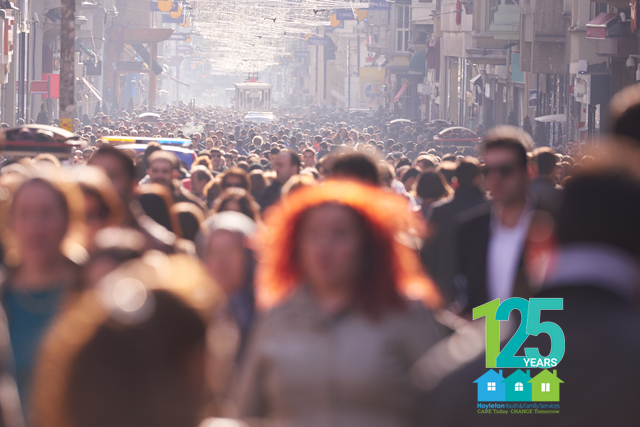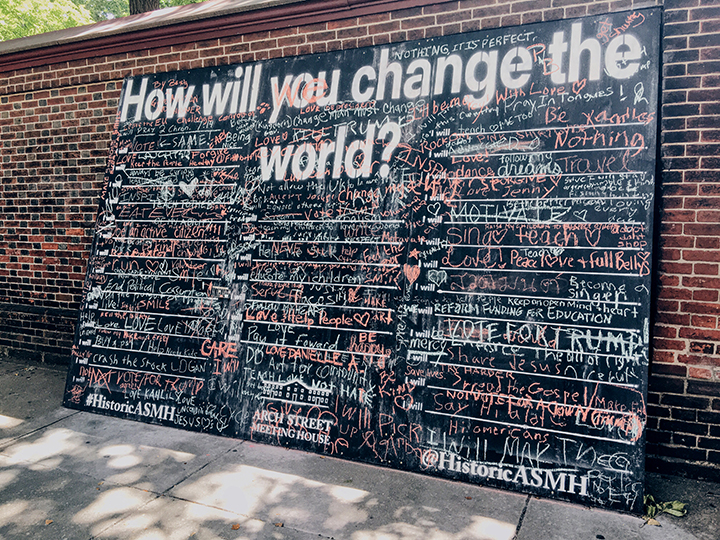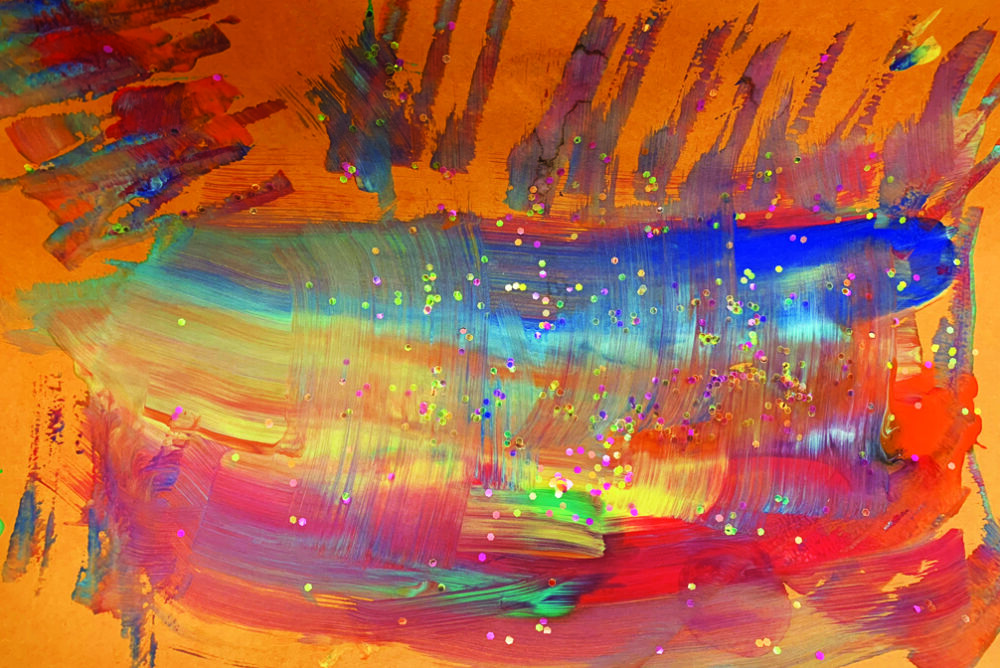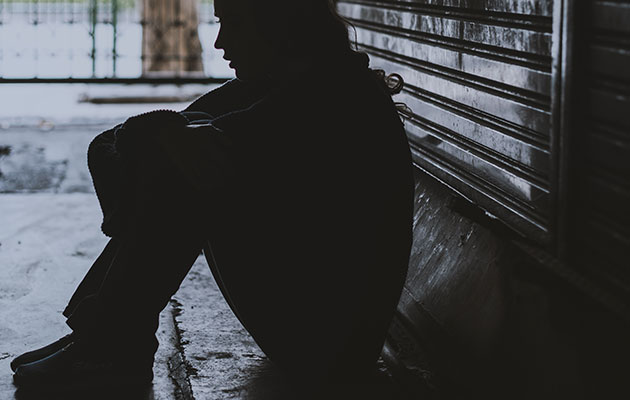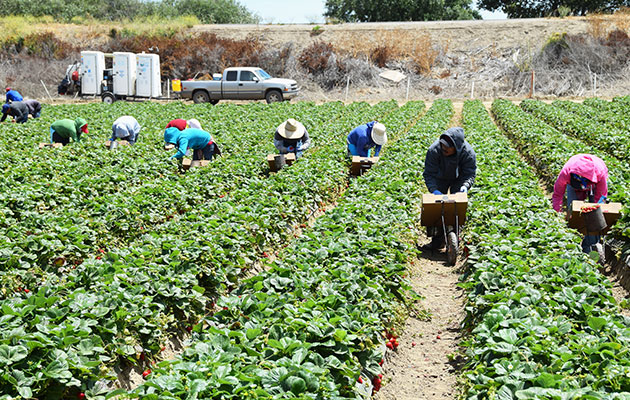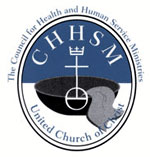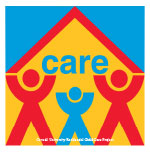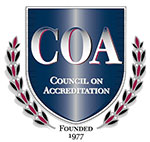Hoyleton | World Day of Social Justice
DATE: February 20, 2020
"Hoyleton Youth and Family Services seeks to enable all people, young and old alike, to realize the wholeness of life that God intends. This will be accomplished with the compassion of Jesus Christ and the power of the Holy Spirit reaching out to meet the physical, emotional, intellectual, spiritual, and social needs of those with […]
READ MORE